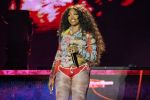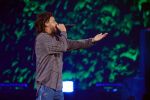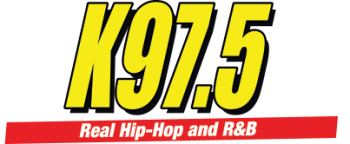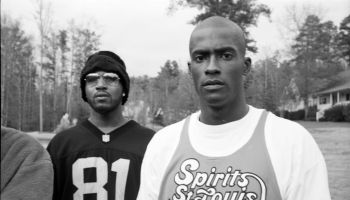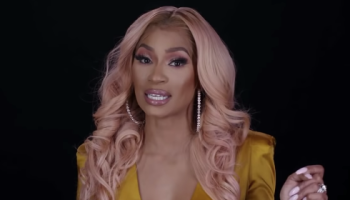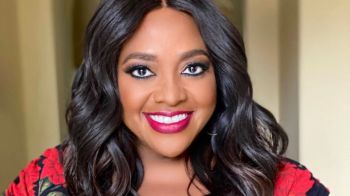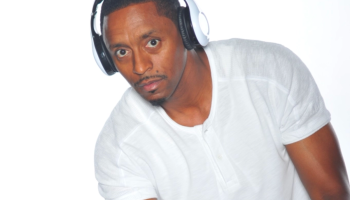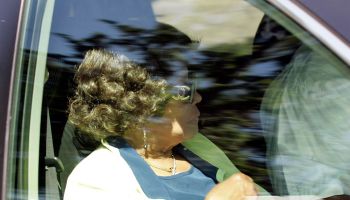Via: NYDailyNews.com
Jay-Z’s long-talked about book, “Decoded,” is set to hit bookstore shelves on Nov. 16 through publisher Spiegel & Grau, an imprint of the Random House Publishing Group. The book is a narrative of the famous lyrics and overall life of the multi-platinum rapper.
Featuring an image of Andy Warhol’s “Rorschach” on the cover, the fully-illustrated book decodes 36 songs from Jay-Z’s extensive catalog, offering an intimate, first-hand account of the rapper’s most famous raps.
In addition to the hardcover release, Random House will publish “Decoded” as an eBook, as well as an interactive iPhone/iPad application that will include exclusive video and customizable content.
Here’s an excerpt from “Decoded:”
“When I first started working on this book, I told my editor that I wanted it to do three important things. The first was to make the case that hip-hop lyrics-not just my lyrics, but those of every great MC-are poetry if you look at them closely enough. The second was I wanted the book to tell a little bit of the story of my generation, to show the context for the choices we made at a violent and chaotic crossroads in recent history. And the third piece was that I wanted the book to show how hip-hop created a way to take a very specific and powerful experience and turn it into a story that everyone in the world could feel and relate to.”
In this exclusive excerpt, the notoriously private megastar and businessman offers a rare and honest glimpse into his life, from growing up in Brooklyn to building an empire.
My father was crazy for detail. I get that from him. Even though we didn’t live together after I was nine, there are some things he instilled in me early that I never lost. He’d walk my cousin B-High and me through Times Square — this is when it was still known as Forty Deuce — and we’d people watch. Back then, Times Square was crazy grimy. Pimps, prostitutes, dealers, addicts, gangs, all the s— from the seventies that other people saw in blaxploitation flicks, Manhattan had in living color. Kids from Harlem and Hell’s Kitchen used Times Square as their backyard — they’d be out there deep, running in and out of karate flicks, breakdancing — but for Brooklyn kids, like me and B-High, midtown Manhattan might as well have been a plane ride away.
My father would take us to Lindy’s and we’d get these big-ass steak fries. We would sit in the restaurant looking out the window onto the streets, and play games that exercised our observational skills. Like my pops would make us guess a woman’s dress size. There was nothing he missed about a person. He was really good about taking in all the nonverbal clues people give you to their character, how to listen to the matrix of a conversation, to what a person doesn’t say.
For my pops it was just as important to take in places as people. He wanted me to know my own neighborhood inside out. When we’d go to visit my aunt and uncle and cousins my father would give me the responsibility of leading, even though I was the youngest. When I was walking with him, he always walked real fast (he said that way if someone’s following you, they’ll lose you) and he expected me to not only keep up with him but to remember the details of the things I was passing. I had to know which bodega sold laundry detergent and who only stocked candy and chips, which bodega was owned by Puerto Ricans and which one was run by Arabs, who taped pictures of themselves holding AKs to the Plexiglas where they kept the loose candy.
He was teaching me to be confident and aware of my surroundings. There’s no better survival skill you could teach a boy in the ghetto, and he did it demonstratively, not by sitting me down and saying, “Yo, always look around at where you are,” but by showing me. Without necessarily meaning to, he taught me how to be an artist.






